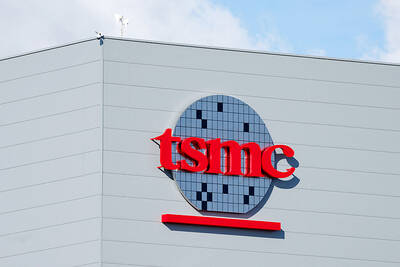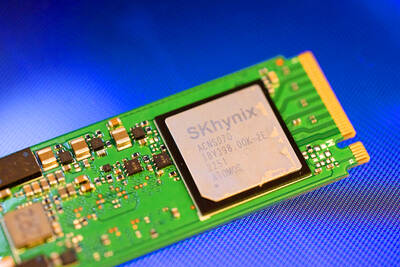Fon SA, a Madrid-based community WiFi developer, announced the launch yesterday of its service in Taiwan as an alternative for local users to obtain free or low-cost Internet access.
Founded in November last year, Fon's service allows users with wireless routers to share some of their bandwidth at home, and get free access to the Internet wherever there is Fon coverage.
In that way, every Fon user who shares his/her bandwidth is an access point. The more access points there are, the bigger the coverage.
As of the end of last month, there were over 170,000 members of Fon in 140 countries, making it the world's fastest-growing WiFi community, Alexander Puregger, Fon's general manager in Asia, told reporters on the sideline of a press conference in Taipei yesterday.
Fon is in talks with local Internet service providers (ISP) and telecom companies to jointly promote the WiFi-sharing service, with Digital United Inc (
By the end of January, Fon hopes to rope in at least 5,000 access points, Puregger said, adding that there were already 2,000 users in Taiwan registered with the Fon, even before the local Website was launched.
Digital United, operator of Seednet ISP, has commenced promoting the Fon service as part of IT Month activities, giving free routers to users who subscribe to its ADSL.
"By working with Fon, we can expand our hotspots at a faster pace at much lower cost," said Tsou Shih-ming (
Digital United currently has around 250,000 ADSL subscribers, and the company intends to promote the Fon service among established users, Tsou said.
Once the Fon network is large enough in Taiwan, Fon will consider charging people who do not join the Fon community but want to use the connection, probably six months after the launch, Lin Yi-kai (
The charge will be about US$3 for the first 24 hours, and US$2 for the next 24 hours, Puregger said. Income is divided evenly between Fon and hotspot providers, Puregger said.
Puregger said Fon is not afraid of the already intense competition for broadband access, including Taipei City's Wifly service.
Once more mobile devices are WiFi-enabled, such as digital cameras, game consoles and digital music players, the demand for high-speed transmission will rise.

On Tuesday, US President Donald Trump weighed in on a pressing national issue: The rebranding of a restaurant chain. Last week, Cracker Barrel, a Tennessee company whose nationwide locations lean heavily on a cozy, old-timey aesthetic — “rocking chairs on the porch, a warm fire in the hearth, peg games on the table” — announced it was updating its logo. Uncle Herschel, the man who once appeared next to the letters with a barrel, was gone. It sparked ire on the right, with Donald Trump Jr leading a charge against the rebranding: “WTF is wrong with Cracker Barrel?!” Later, Trump Sr weighed

Taiwan Semiconductor Manufacturing Co (TSMC, 台積電) secured a record 70.2 percent share of the global foundry business in the second quarter, up from 67.6 percent the previous quarter, and continued widening its lead over second-placed Samsung Electronics Co, TrendForce Corp (集邦科技) said on Monday. TSMC posted US$30.24 billion in sales in the April-to-June period, up 18.5 percent from the previous quarter, driven by major smartphone customers entering their ramp-up cycle and robust demand for artificial intelligence chips, laptops and PCs, which boosted wafer shipments and average selling prices, TrendForce said in a report. Samsung’s sales also grew in the second quarter, up

HEADWINDS: Upfront investment is unavoidable in the merger, but cost savings would materialize over time, TS Financial Holding Co president Welch Lin said TS Financial Holding Co (台新新光金控) said it would take about two years before the benefits of its merger with Shin Kong Financial Holding Co (新光金控) become evident, as the group prioritizes the consolidation of its major subsidiaries. “The group’s priority is to complete the consolidation of different subsidiaries,” Welch Lin (林維俊), president of the nation’s fourth-largest financial conglomerate by assets, told reporters during its first earnings briefing since the merger took effect on July 24. The asset management units are scheduled to merge in November, followed by life insurance in January next year and securities operations in April, Lin said. Banking integration,

LOOPHOLES: The move is to end a break that was aiding foreign producers without any similar benefit for US manufacturers, the US Department of Commerce said US President Donald Trump’s administration would make it harder for Samsung Electronics Co and SK Hynix Inc to ship critical equipment to their chipmaking operations in China, dealing a potential blow to the companies’ production in the world’s largest semiconductor market. The US Department of Commerce in a notice published on Friday said that it was revoking waivers for Samsung and SK Hynix to use US technologies in their Chinese operations. The companies had been operating in China under regulations that allow them to import chipmaking equipment without applying for a new license each time. The move would revise what is known